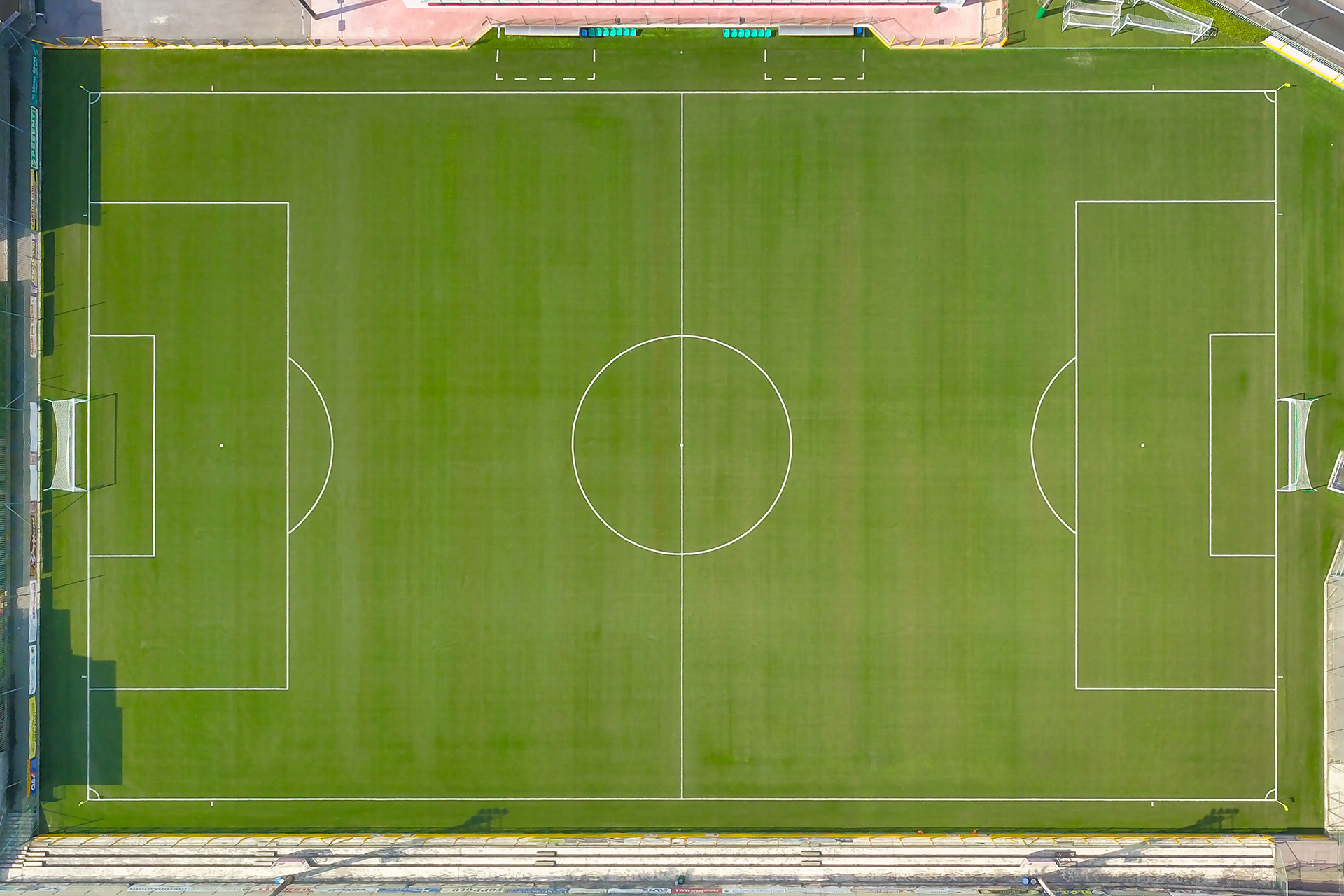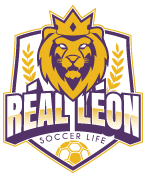Introduction to Soccer

Soccer is the world’s most popular team sport, however n most parts of the world the game is called football. Both men(boys) and women(girls) play soccer in schools, clubs, and professional teams. In a soccer game two teams compete to score points, which are called goals. The players move the ball around a rectangular field, usually by kicking it. A team scores when it sends the ball into the opposing team’s goal (net).
Interesting note: The World Cup soccer tournament is the world’s most popular sports event. Every four years teams from many countries compete for the World Cup.
Playing Area and Equipment
Soccer fields vary in size. A field should be 100 to 130 yards (90 to 120 meters) long and 50 to 100 yards (45 to 90 meters) wide. Boundary lines called touchlines mark the sides of the field. Goal lines mark the ends of the field. A goal is located at each end of the field. The goal is a frame that is 8 yards (7.3 meters) wide and 8 feet (2.4 meters) high. It has a net on the top, sides, and back. A soccer ball is round and filled with air.
Playing the Game
Soccer teams are made up of 11 players each, where each team tries to control the ball and move it toward the opponent’s goal. Only one player on each team, the goalkeeper, can touch the ball with the hands and arms. The rest of the players can touch the ball with any part of the body except the hands and arms. They usually move the ball with their feet.
Roles of the Players
During a soccer game the players of each team spread across the field in loose formations. A formation generally has front, back, and middle sections.
The front section is the offensive, or scoring, part of the team. The main offensive players are called forwards, or strikers. When a team has the ball, the forwards try to score goals. A team’s forwards are usually located closest to the opponent’s goal.
The back section is mostly defensive—it protects the team’s goal. Each team has a goalkeeper in front of its goal. Goalkeepers try to deflect or catch the opponent’s shots at the goal. Players called defenders form a defensive screen between their goalkeeper and the opposing team. Defenders try to take the ball from the other team.
The players in the middle section play both offense and defense. Midfielders generally are located between their team’s forwards and defenders.
Playing Skills
Soccer players move the ball by either dribbling, kicking, or heading it. A player dribbles by using very short kicks to move the ball forward. Dribbling allows a player to keep control of the ball while running down the field. Players use longer kicks to pass the ball to teammates or to try to make a goal. Striking the ball with the head is called heading. Players often head the ball when receiving long, high passes. Sometimes they also try to head the ball into the goal.
When one player has the ball, players on the opposing team try to take the ball away from that player. This is called tackling. In one type of tackle a player uses the feet to kick or steal the ball away from an opponent. Another way to get the ball is to intercept a pass. A player intercepts a pass by stealing the ball during a pass between two opponents.
Fouls
Three officials—a referee and two assistants—control the game (this is when teams are of a much higher caliber, often times there will be one referee that will run the game) They give teams penalties when players commit fouls, or break the rules. After some fouls the officials award free kicks to the other team. When a free kick is taken, all players of the offending team must be at least 10 yards (9 meters) from the ball. The officials award penalty kicks for more serious fouls. A penalty kick is a free kick at the offending team’s goal. It is taken from a spot 12 yards (11 meters) from the goal. All players other than the defending goalkeeper and the kicker must stand aside.
History
Games like soccer were played in China more than 2,000 years ago. Similar games were also played in ancient Greece, Rome, Japan, and Mexico. But the modern game of soccer started in England. In 1863 several English soccer teams formed the Football Association (FA). It created the first standard set of rules for the game.
The FA was an amateur organization, which means that its players were not paid. Professional soccer leagues, in which players were paid, began in the late 1880s. They formed first in England and then in other countries. By 1900 people were playing soccer throughout the world.
In 1904 the Fédération Internationale de Football Association (FIFA) was formed. FIFA governs the game at the international level. In 1930 FIFA organized the first World Cup tournament. The first women’s World Cup was held in 1991.
Soccer became an official event at the Olympic Games in 1908. It was the first team sport to be included in the Olympics. Women’s soccer became an Olympic event in 1996.
Soccer is not as popular in the United States and Canada as it is in other parts of the world. In the 1990s, however, it began to grow in popularity. In 1994 the United States hosted the World Cup. Two years later a professional league—Major League Soccer—was formed. North America (United States) also hosted the Women’s World Cup in 1999, and the U.S. team won that championship. In addition, many young people in the United States and Canada enjoy playing the game.
This information was taken from: https://kids.britannica.com/kids/article/soccer/353786 Which is also a wonderful learning site for young growing minds








